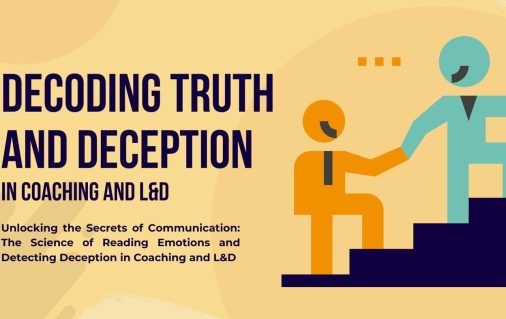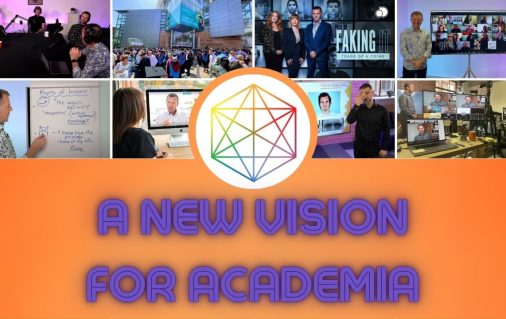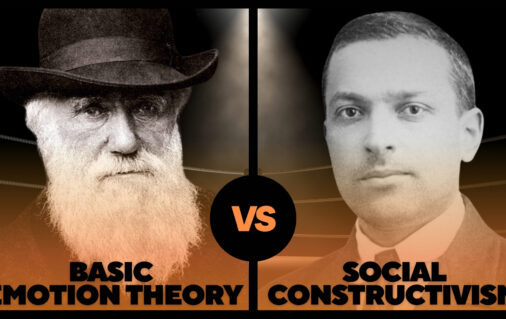Communication Skills
Communication is fundamental to our existence. Being able to communicate effectively has unparalleled utility. It is power. The topic of communication is multi-faceted and relates to every area of our lives, intimately, professionally, and even globally.
Introduction
Communication is everywhere. From first moments of life, as babies we cry to communicate our needs, through the end of life, when we hold hands with a loved one to tell them that they are not alone. The in-between years are filled with endless layers of communication in its complex and amazing forms. Our lives are built on communication.
Communication is fundamental to all relationships, accomplishments, and well-being. This is seen by the research showing that societies that have strong social communities also have the longest life expectancy. In contrast, studies have also found that when infants are not touched, their development is stunted, and in extreme cases they can even die despite having basic needs such as food and shelter met. Human beings need connection. Our five senses of touch, taste, smell, sight, and hearing are tools to communicate. If we are unable to use our hearing or voice to communicate due to a disability, we create other ways to communicate, like sign language. The ability to communicate is critical and our desire for it is unstoppable.
Many institutions exist to communicate messages or to create space for social advancement through the act of free and open communication, e.g., religious expression, recreation, artistic or educational development, and political discourse.
Art, music, literature, film, and dance are all forms of communication that share ideas and evoke emotion. From live theatre to television shows, these are stories someone wrote to communicate something. Even group activities such as sports are communicative because shared goals require physical and mental cooperation and communication. Commerce is communication, marketing and advertising is used to sell stories. Many people earn incomes as social media influencers; a role fundamentally about having something to say and having followers who want to hear it.
Consider, for instance, the cave drawings (messages) of our ancestors, or the fairytales that have outlived generations. Poetry, philosophy, politics, newspapers, education, food, fashion, architecture design and decor, medicine, scientific research, law and even childhood play and rebellion are all forms of communication. Some would argue that there is no wisdom, community, advancement, or purpose without it.
We input meaning into almost everything, therefore almost everything communicates something. Mountains can represent overcoming struggle; a still lake signifies calm, and trees symbolize growth. Lighting a candle carries a message thereby evoking an emotion. The car we drive says something about us, e.g., driving a Jeep may show that you are adventurous. A white flag says, “We surrender”, a gold metal says that someone is the best, while red roses communicate passion. There are also the messages carried within computer code and although we rarely consider it, we utilize and depend on its sets of zeros and ones to carry instructions and information almost daily.
We might spend our time and money going to a concert with thousands of other people to listen to someone sing. Why? We are inspired by the lyrics, the feelings that are stirred within us and the connection to artists who bravely share their talent and heart. We hope that by learning from someone else, we can become a little bit wiser and maybe leave a little more prepared to face both the beauty, and storms, of life.
News is used to communicate what is happening, to inform and to influence us. While fake news, monitoring and censorship, and the possibility of manipulation or omission of information, are areas of communication that have the potential to limit or harm people.
Throughout history there have been fights for the freedom to communicate, despite political and government efforts to control narratives or shut down dialog. Protests and riots are a form of communication, from the words painted on a sign to the body language of each person involved; it all presents messages about who we are and what we want.
War often involves conflicting ideologies and information-manipulation techniques like propaganda. The impact of communication in wartimes and war zones cannot be overstated.
Likewise, clear communication is vital for high stakes situations like law enforcement and emergency medical workers to make sure that everyone is on the same page and doing what needs to be done. In crisis, it is essential to be able to communicate well to manage, delegate and deescalate situations. Miscommunications can have catastrophic consequences.
For instance, two Boeing 737 Max jets crashed months apart in 2018 and 2019 killing 346 people. After extensive investigations, it was discovered that this tragedy was a direct result of distorted and restricted communication by the company to the governing bodies (FDA) and the airlines and commercial pilots who purchased and flew the Boeing aircraft. Before these accidents, Boeing had a long history of putting safety first and a corporate culture that encouraged everyone from engineers to custodial staff to speak up if they had any concerns. That changed when a new company took over and priorities shifted to cost cutting and increasing stock value. It was later revealed that anyone who voiced their worries were not only silenced but terminated. This compromised communication eventually led to preventable loss of life and ultimately cost Boeing 2.5 billion dollars and their reputation.
During the early days of the Covid-19 pandemic communication was essential, between countries, research and medical institutions, news media and technology platforms. Due to isolation, face to face communication was somewhat limited, but this gave rise to companies such as Zoom that transformed work and education structures. People put posters in their windows to show support to healthcare workers, sang on balconies and facetimed their grandparents while standing outside hospital windows. Virtual social connection and a sense of shared experiences was valued. We also became aware of how the lack of clear communication, trust and misinformation could cause panic and societal dysregulation.
For better or for worse communication matters. People are interconnected and communication is key. How you communicate with others teaches them how to treat you, it sets a standard. It is your job to make sure that that standard is what you want (e.g., respectful and kind). This is why it is essential to develop your communication skills.
















